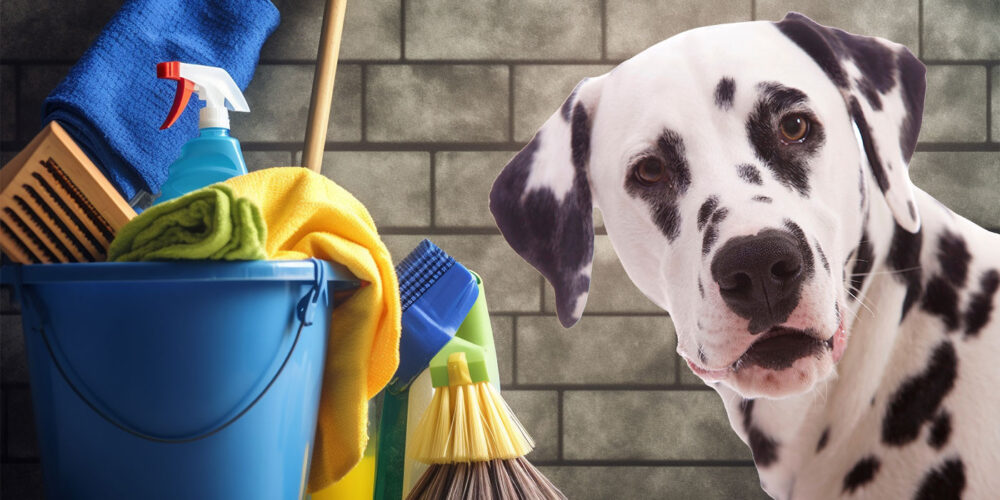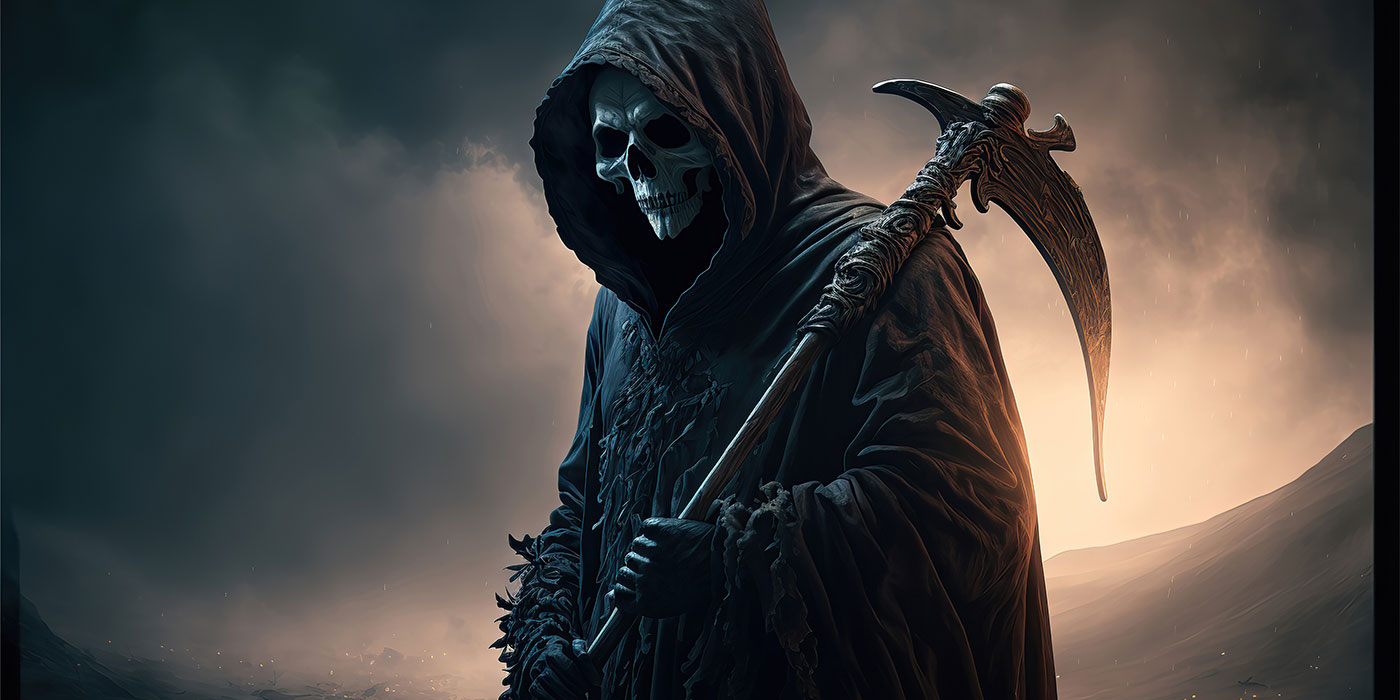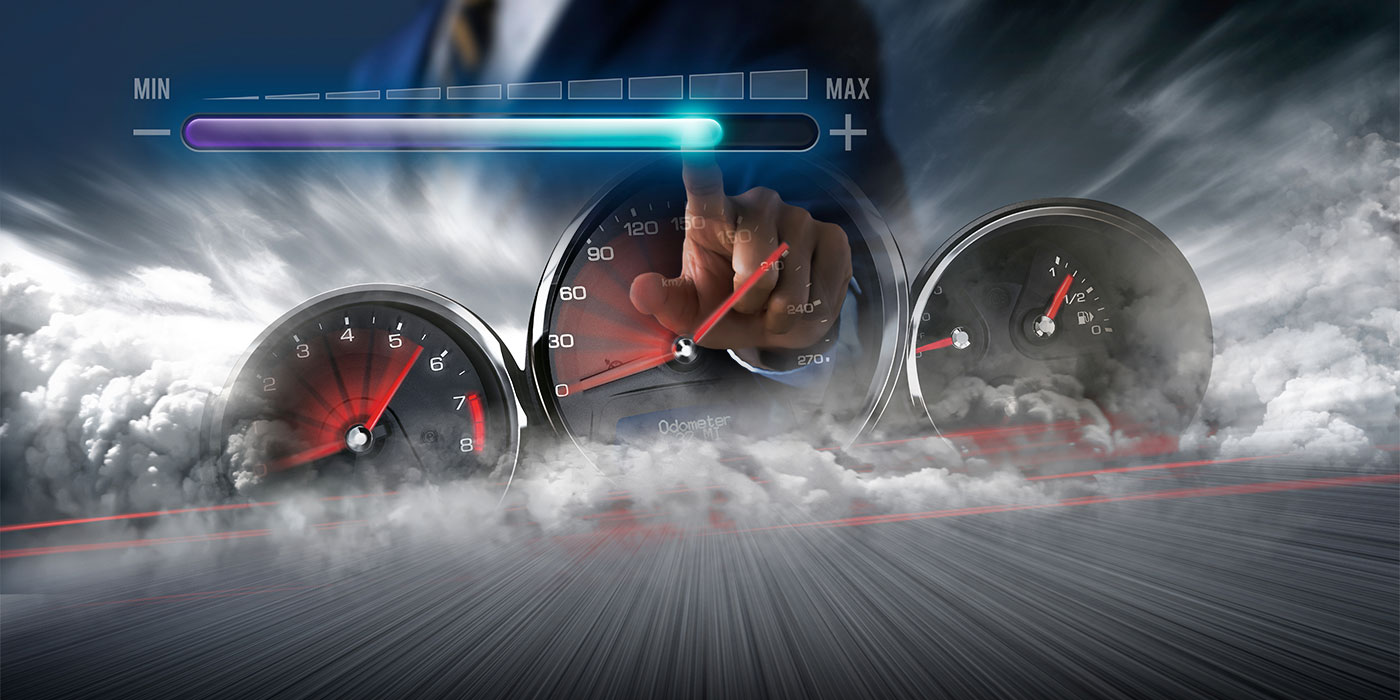When it comes to spots — a nib in the paint, a streak on a windshield, a splotch of grease on the floor — all point to a job that is not quite 100% perfect. This doesn’t make customers confident in the repair work on their car, nor does acceptance of that by the leadership team inspire the employees to work to achieve perfection.
As the owner of two CARSTAR locations in the San Francisco area, I’ve learned that spots are best left to Dalmatians. Otherwise, they’re a sign that you need to be doing a better job with your facility and maintenance program. A spotless shop is a sign of professionalism and a welcoming environment for customers. In the auto body industry, where precision and attention to detail are paramount, cleanliness is even more critical than ever before.
Encourage staff members to take ownership of their workspaces.
From first impressions for a potential customer to the final repaired vehicle that is returned to him or her, this attention to detail contributes to excellent customer service and a “spotless” reputation. Here are just a few ways that a routine, thorough cleaning and maintenance program can benefit your business:
- Let’s start with first impressions. When you walk into a restaurant, you immediately notice the cleanliness. Same with a collision repair facility. A clean facility sends a positive message to your customers. It shows that you care about your work and their vehicles.
- Ensure safety and avoid accidents. Spilled oil, cluttered work areas and dirty floors can be safety hazards — and unsightly. Cleanliness reduces the risk of accidents and injuries. To uphold these standards, consider cleaning your facility at least three times a day, especially in areas where work is being carried out. And, continue this cleaning through the customer reception areas to ensure dirt and grime don’t migrate from the back of the house to the front.
- Maintain your equipment. In an auto body shop, your equipment is your lifeline. Regular maintenance ensures that your tools perform at their best, reduces downtime and guarantees the quality of your work. Maintenance also helps eliminate unexpected equipment breakdowns that can disrupt your workflow and lead to costly delays and cycle time issues. Regular maintenance minimizes these disruptions. In addition, properly maintained equipment produces consistent results. Whether it’s precision welding or paint application, well-maintained tools are essential for top-notch work. This also extends the lifespan of equipment, saving you money on replacements.
- Create an example for your team. Your team is the heart of your auto body shop. Engaging your crew in cleanliness and maintenance efforts can boost morale and improve overall efficiency. Encourage staff members to take ownership of their workspaces. When they feel responsible for cleanliness and organization, they’re more likely to maintain it. Set an example for them by always cleaning as you go and working to keep maintenance on track.
- Organization drives efficiency. Efficiency and organization go hand in hand. An organized shop layout can significantly improve workflow and productivity, as well as reduce waste and dirt. When tools and materials are readily accessible, work can be completed faster and with fewer errors. And when safety precautions, ongoing cleaning processes and routine maintenance are part of the organization, everything keeps flowing smoothly.
- Clean practices deliver an excellent outcome. When clean shop practices and proper tool and equipment maintenance are followed throughout the repair process, the end product will be a clean, high-quality repair.
In the end, spots are beautiful on a Dalmatian, but you should leave them there. After all, clean techs and clean facilities equal a clean product.














